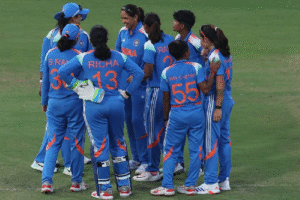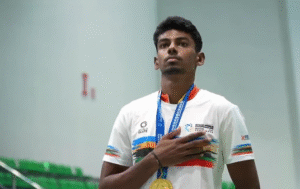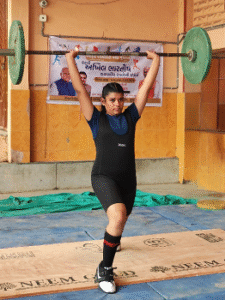The Kallanai Dam, also known as the Grand Anicut, is traditionally considered the first dam in India, with its origins dating back to the 2nd century CE. Constructed by the Chola dynasty, it stands as one of the oldest water-regulation structures still in use today.
In July 2024, the Tamil Nadu government released water from the Kallanai Dam to facilitate the cultivation of Kuruvai paddy in the delta districts. Approximately 1,500 cusecs of water were released into the Cauvery River, 1,000 cusecs into the Vennaru, and 400 cusecs into the Kollidam River. This initiative aimed to support the irrigation needs of farmers in the region.
In August 2024, a tragic incident occurred near the Kallanai Canal in Trichy, where a six-year-old girl drowned, and her father went missing. The incident highlights the importance of safety measures around water bodies.
The Kallanai Dam was originally constructed to divert the waters of the Kaveri River to the delta regions, enhancing agricultural productivity. Its enduring functionality underscores the engineering prowess of ancient civilizations and their understanding of water management.







